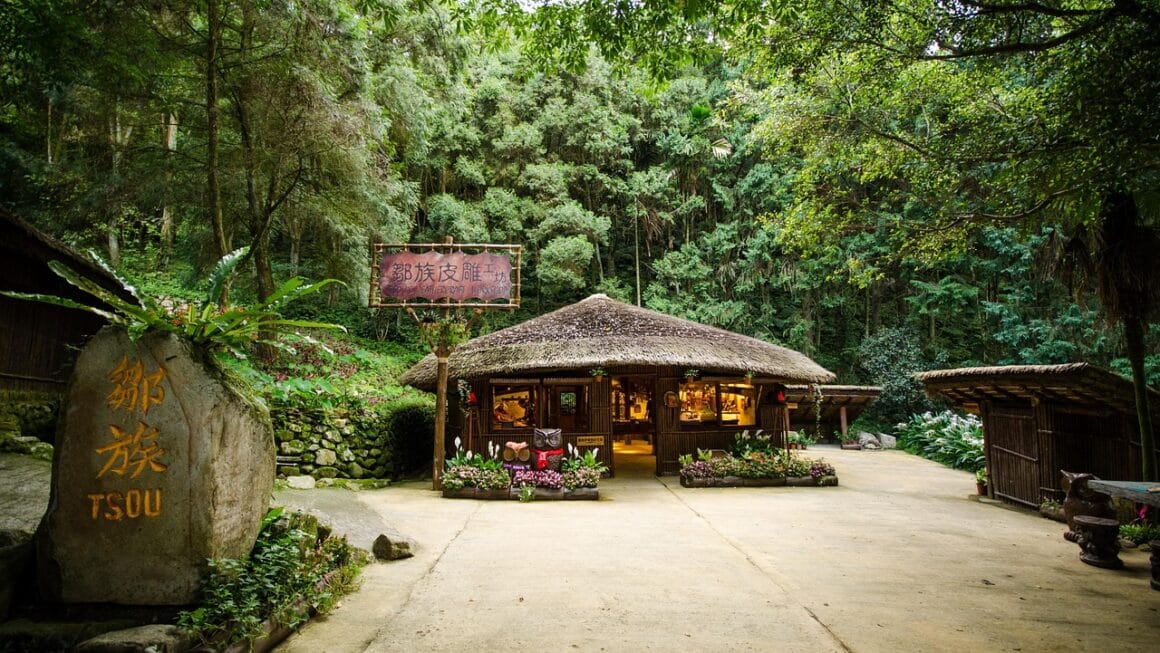Imagine stepping outside of your everyday routine and diving headfirst into a world completely different from your own. This isn’t just about seeing the sights; it’s about feeling the pulse of a different culture, tasting its flavors, and understanding its unique perspectives. Cultural immersion offers a profound and transformative experience, far beyond the typical tourist trail, promising personal growth, enhanced understanding, and a richer appreciation of our global community.
Understanding Cultural Immersion
What is Cultural Immersion?
Cultural immersion is more than just visiting a new place; it’s about actively engaging with a different culture to understand its values, beliefs, customs, and traditions. This means going beyond surface-level tourism and delving into the daily life of the local population. It involves:
- Living among local people, not just staying in tourist resorts.
- Participating in local activities and celebrations.
- Learning the local language, even just basic phrases.
- Trying new foods and drinks that are specific to the culture.
- Understanding the history, art, and music of the region.
Benefits of Immersion
Engaging in cultural immersion offers a multitude of benefits that extend far beyond a simple vacation. These benefits often lead to personal and professional growth:
- Enhanced Cultural Sensitivity: Develop a deeper understanding and appreciation for different cultures, fostering empathy and tolerance.
- Improved Communication Skills: Learn to communicate effectively across cultural barriers, both verbally and non-verbally.
- Personal Growth: Challenge your own assumptions and biases, leading to greater self-awareness and adaptability.
- Expanded Worldview: Broaden your perspective on global issues and develop a more nuanced understanding of the world.
- New Skills and Interests: Discover new hobbies, skills, or interests through participation in local activities and traditions.
- Increased Confidence: Stepping outside your comfort zone and navigating a new environment can significantly boost your confidence.
Examples of Cultural Immersion Activities
- Homestays: Living with a local family provides invaluable insights into their daily lives and customs. For example, staying with a family in rural Japan and participating in their daily routines of preparing meals, working in the garden, and engaging in evening conversations.
- Language Exchange Programs: Partnering with a native speaker to learn each other’s languages and cultures. Consider using platforms like Tandem or HelloTalk to connect with language partners.
- Volunteering: Contributing your time and skills to a local organization allows you to connect with the community and make a meaningful impact. For instance, volunteering at a wildlife sanctuary in Costa Rica or teaching English in a rural school in Nepal.
- Cooking Classes: Learning to prepare traditional dishes from local chefs. In Italy, learn to make fresh pasta from scratch or in Thailand, master the art of preparing authentic Pad Thai.
- Cultural Festivals: Participating in local festivals and celebrations provides a vibrant and immersive experience. For example, experiencing Diwali in India or the Carnival in Brazil.
Planning Your Cultural Immersion Experience
Choosing the Right Destination
Selecting the right destination is crucial for a successful cultural immersion experience. Consider your interests, goals, and budget when making your decision. Research potential destinations thoroughly, paying attention to:
- Cultural Differences: Choose a culture that genuinely interests you and offers a significant contrast to your own.
- Safety and Stability: Ensure that the destination is safe and politically stable. Check travel advisories from your government.
- Accessibility and Logistics: Consider the ease of travel, visa requirements, and accommodation options.
- Language Barriers: Assess your willingness to learn a new language and the availability of resources for language learning.
Preparing for Your Trip
Proper preparation is essential for a smooth and enriching cultural immersion experience:
- Language Learning: Start learning the local language well in advance of your trip. Even basic phrases can make a big difference. Apps like Duolingo and Babbel are great starting points.
- Cultural Research: Read books, watch documentaries, and research the history, customs, and etiquette of the destination.
- Packing Essentials: Pack appropriate clothing for the climate and cultural norms. Consider bringing small gifts to show your appreciation to hosts or locals.
- Travel Insurance: Ensure you have comprehensive travel insurance that covers medical emergencies, theft, and trip cancellations.
Budgeting for Cultural Immersion
Cultural immersion doesn’t have to break the bank. Careful planning and budgeting can help you maximize your experience without overspending.
- Accommodation: Consider homestays, hostels, or budget-friendly guesthouses to save on accommodation costs.
- Food: Eat at local restaurants and markets to experience authentic cuisine at affordable prices.
- Transportation: Use public transportation or walk whenever possible to reduce transportation expenses.
- Activities: Look for free or low-cost activities, such as visiting local parks, attending community events, or volunteering.
Navigating Cultural Differences
Understanding Cultural Norms
Every culture has its own set of norms and expectations. Being aware of these differences can help you avoid misunderstandings and show respect for the local population.
- Greetings: Learn how to greet people appropriately in the local culture. For example, bowing in Japan or shaking hands in Western countries.
- Body Language: Be mindful of your body language, as gestures and facial expressions can have different meanings in different cultures.
- Dress Code: Dress modestly and respectfully, especially when visiting religious sites or conservative areas.
- Gift-Giving: Understand the customs surrounding gift-giving. Some cultures may have specific protocols or expectations.
Overcoming Culture Shock
Culture shock is a common experience for travelers who immerse themselves in a new culture. It’s a feeling of disorientation and unease caused by the unfamiliarity of a new environment.
- Symptoms of Culture Shock: Frustration, homesickness, irritability, anxiety, and difficulty concentrating.
- Tips for Overcoming Culture Shock:
Stay connected with family and friends back home.
Find a routine and stick to it as much as possible.
Seek out local support groups or expatriate communities.
Focus on the positive aspects of your experience.
* Be patient and understanding with yourself.
Ethical Considerations
Cultural immersion should be approached with respect and sensitivity. Avoid cultural appropriation, which is the adoption of elements of a minority culture by members of the dominant culture in a way that is disrespectful or exploitative.
- Respect Local Customs: Always ask for permission before taking photos of people or their property.
- Support Local Businesses: Patronize local businesses and avoid contributing to large corporations that may exploit the local economy.
- Be a Responsible Tourist: Minimize your environmental impact by practicing sustainable travel habits.
Maximizing Your Immersion Experience
Engaging with Locals
Building relationships with local people is key to a truly immersive experience.
- Strike up conversations: Don’t be afraid to initiate conversations with locals. Ask them about their lives, their culture, and their perspectives.
- Participate in Community Events: Attend local festivals, markets, and community gatherings to meet people and experience the culture firsthand.
- Learn Local Phrases: Mastering a few basic phrases can go a long way in building rapport with locals.
Embracing New Experiences
Be open to trying new things and stepping outside of your comfort zone.
- Say Yes to Opportunities: Embrace opportunities to participate in local activities, even if they seem daunting at first.
- Try New Foods: Sample the local cuisine and be adventurous with your food choices.
- Explore Beyond the Tourist Trail: Venture off the beaten path and discover hidden gems that are not typically featured in guidebooks.
Reflecting on Your Journey
Take time to reflect on your experiences and document your observations.
- Journaling: Keep a journal to record your thoughts, feelings, and experiences.
- Photography: Capture meaningful moments and document your journey through photography.
- Sharing Your Stories: Share your experiences with others to inspire them to explore new cultures and broaden their perspectives.
Conclusion
Cultural immersion is a powerful tool for personal growth, cross-cultural understanding, and global citizenship. By actively engaging with different cultures, we can break down barriers, build bridges, and foster a more interconnected and compassionate world. Whether you’re planning a gap year, a volunteer trip, or a simple vacation, consider incorporating elements of cultural immersion into your travels to unlock a truly transformative experience. Embrace the unknown, be open to new perspectives, and embark on a journey that will enrich your life in ways you never imagined.




